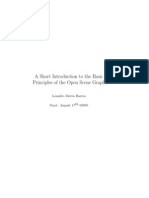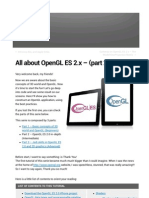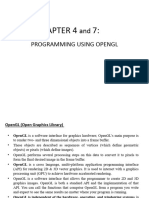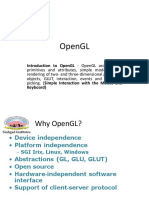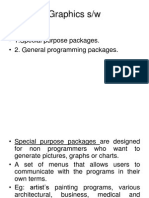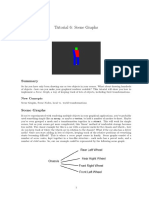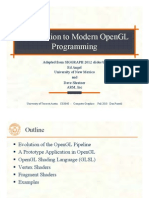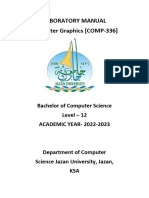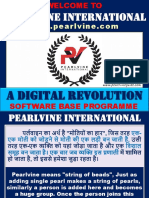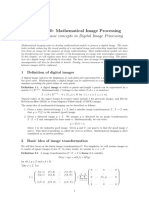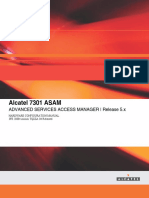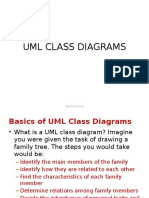0% found this document useful (0 votes)
29 views40 pagesIntroduction OSG
Open Scene Graph (OSG) is an open-source, real-time scene rendering library designed for various platforms, utilizing a scene graph for world database management and multiprocessing for performance. It features a C++ API with bindings for Java and Python, supports modern graphics through OpenGL, and has a large community with numerous available plugins. The library includes core components for scene graph management, rendering, and utility functions, along with support for importing various 3D model formats.
Uploaded by
ssl.lucas.simoesCopyright
© © All Rights Reserved
We take content rights seriously. If you suspect this is your content, claim it here.
Available Formats
Download as PDF, TXT or read online on Scribd
0% found this document useful (0 votes)
29 views40 pagesIntroduction OSG
Open Scene Graph (OSG) is an open-source, real-time scene rendering library designed for various platforms, utilizing a scene graph for world database management and multiprocessing for performance. It features a C++ API with bindings for Java and Python, supports modern graphics through OpenGL, and has a large community with numerous available plugins. The library includes core components for scene graph management, rendering, and utility functions, along with support for importing various 3D model formats.
Uploaded by
ssl.lucas.simoesCopyright
© © All Rights Reserved
We take content rights seriously. If you suspect this is your content, claim it here.
Available Formats
Download as PDF, TXT or read online on Scribd
/ 40
